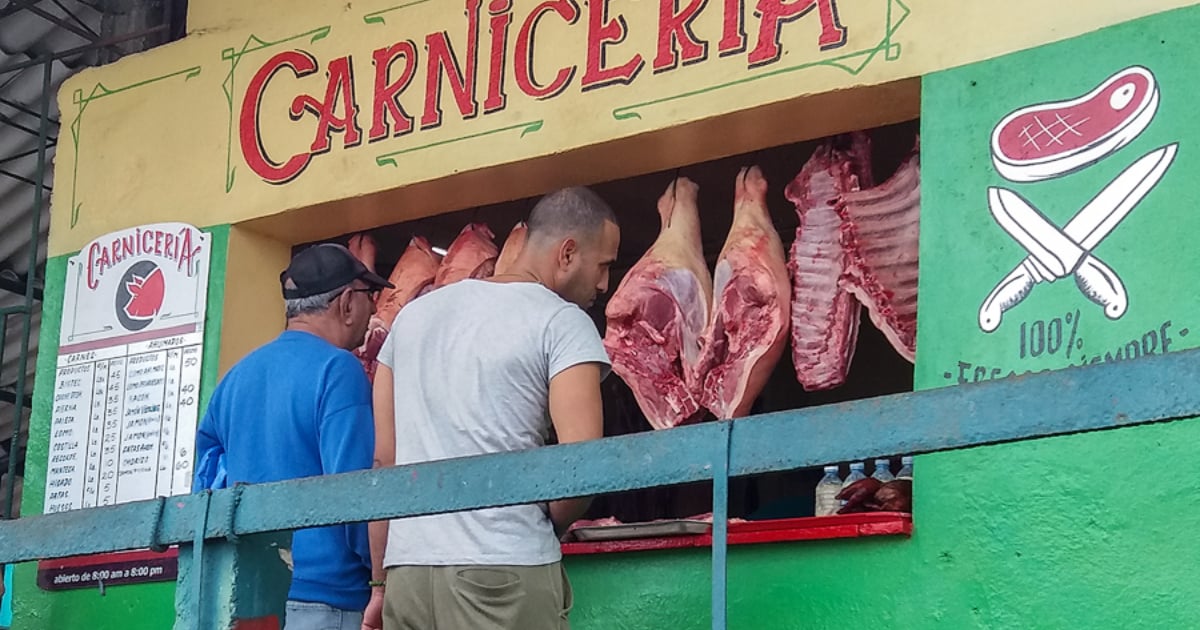
Pork, a staple of the traditional diet and festivities in Santiago de Cuba, has become an unattainable luxury, with prices reaching up to 650 pesos per pound. This reflects both the agricultural crisis and the inefficiency of the provincial government's strategies to reverse the collapse of pork production.
The official newspaper Sierra Maestra, accommodating the current price of pork, which according to sources consulted by CiberCuba is close to 1,000 pesos, published a report attempting to justify the crisis by stating that it began with a shortage of food and medicine for the pig population, worsened by the pandemic and economic isolation.
However, structural issues, such as dependence on external inputs and a lack of sustainable planning, have driven production to historic lows.
The news portal, citing the Ministry of Agriculture, reported that in 2020 only 6,000 tons of pork were produced monthly, which is just a third of the 17,000 tons needed to ensure a stable supply; in 2024, the indicators are even more discouraging.
Despite the recent promises from the government, led by Beatriz Johnson Urrutia, the first secretary of the Communist Party in Santiago, the results remain inadequate.
The announced measures, such as the increase in liquid feed and the reopening of breeding centers, face obstacles like bureaucracy and the lack of timely funding for producers.
In this regard, the provincial government of Santiago de Cuba has proposed strategies such as the recovery of multiplier centers, the improvement of the basic feed stock, and the feeding of pigs, with a focus on corn, of which the province is the largest producer in the country.
However, the implementation of these measures, which includes starting with only 1,300 breeding stock, falls far short of realizing the territory's true potential.
"It's too early to assess the results," admitted rancher Wilfredo Danguillecurt, but consumers cannot wait: prices remain out of control, while plans and strategies are not resulting in real solutions.
The outlook remains grim for the residents of Santiago, who long for the days when pork was an affordable product.
Pig farming recovery seems more like a speech than a reality, as roasted pork and cracklings have become distant memories for a population facing prohibitive prices and an unprecedented food crisis.
At the beginning of this year, the price of pork soared to over 1,000 pesos per pound, reaching an unattainable level for most Cubans.
Months later, the price remained above 1,100 pesos per pound, following a tour through several agromarkets in Havana.
The constant rise in prices has led meat sellers to adopt measures such as selling whole cuts of pork, like legs, instead of offering it by the pound, further complicating access for people to this valued food.
Archived in: